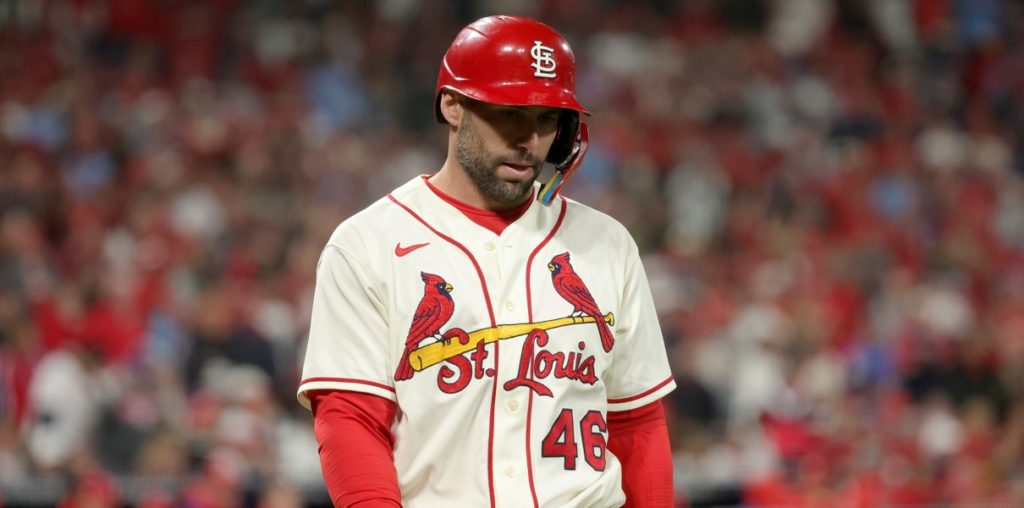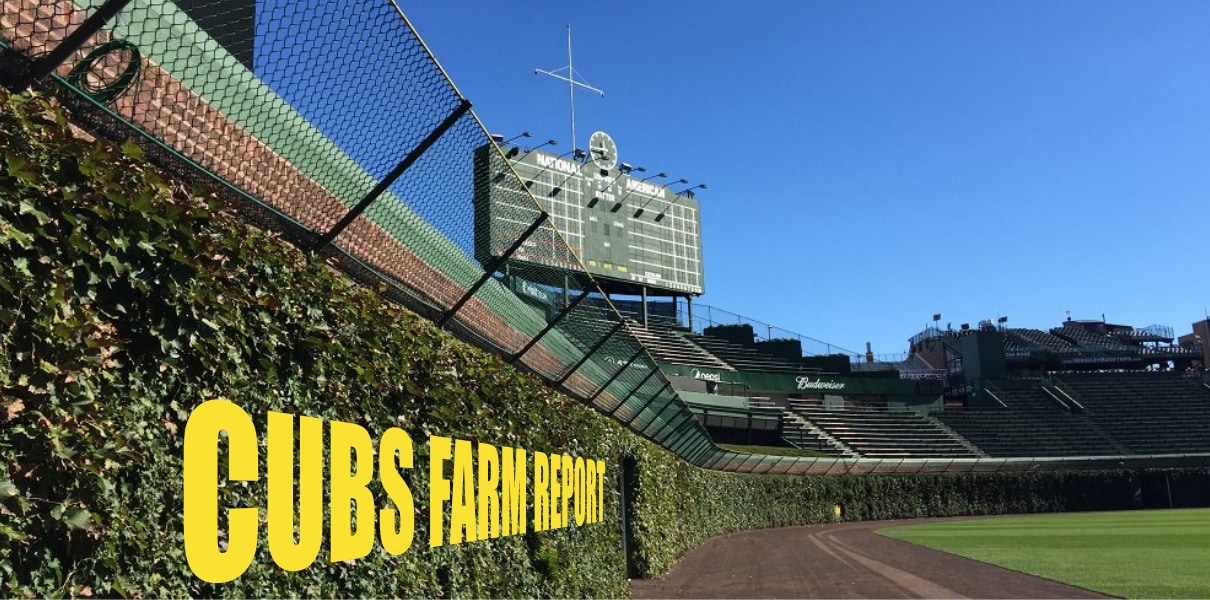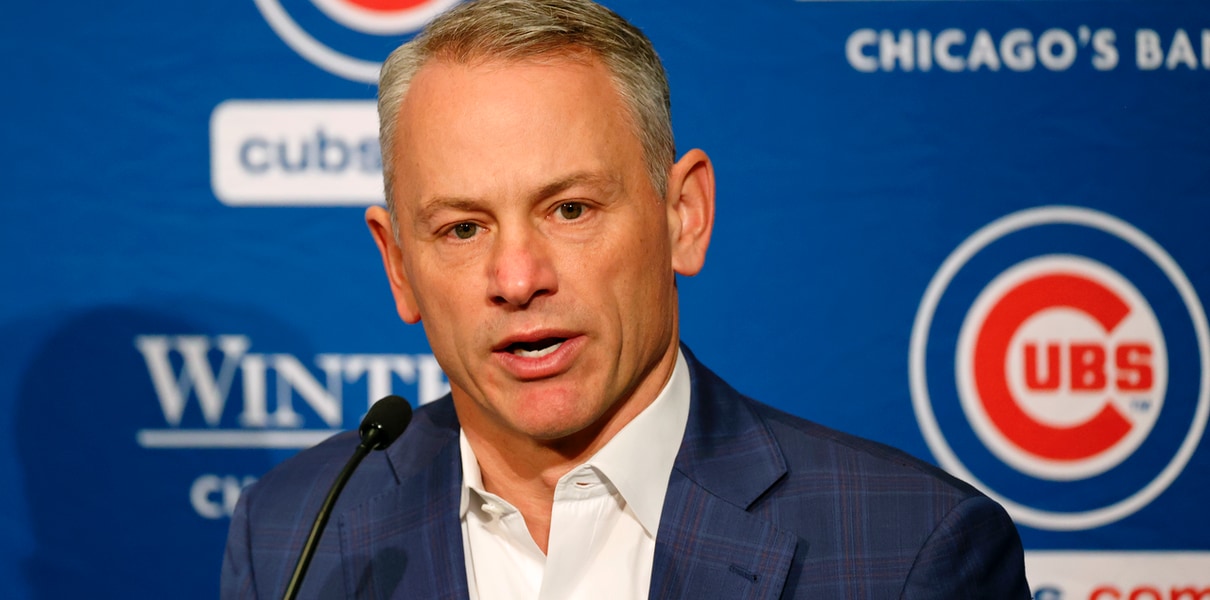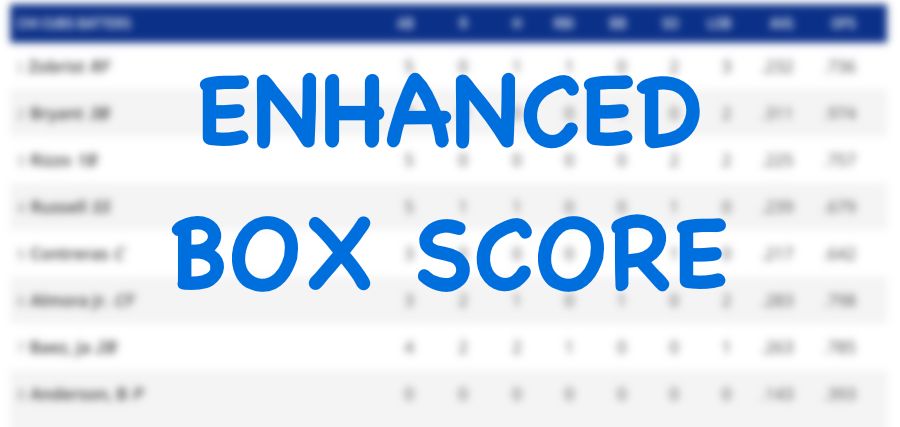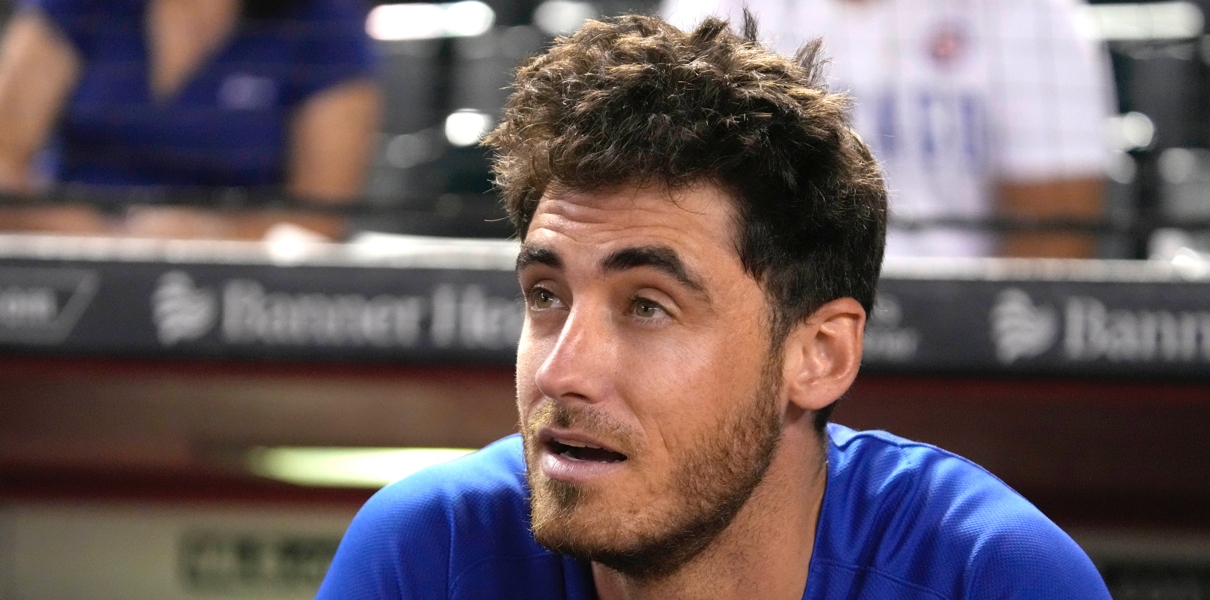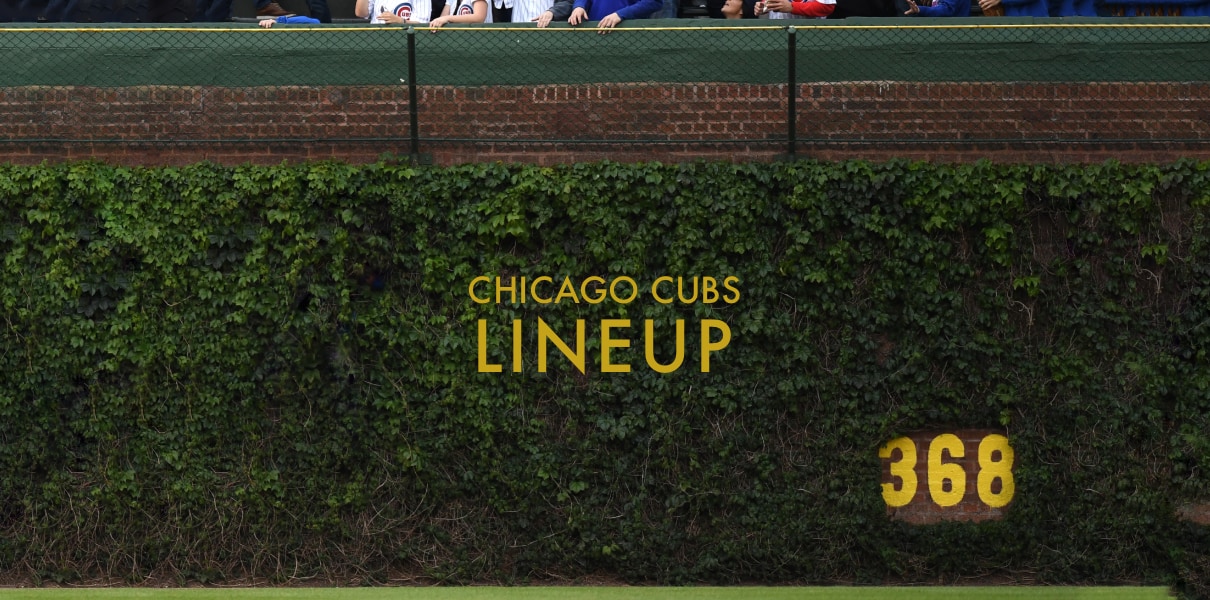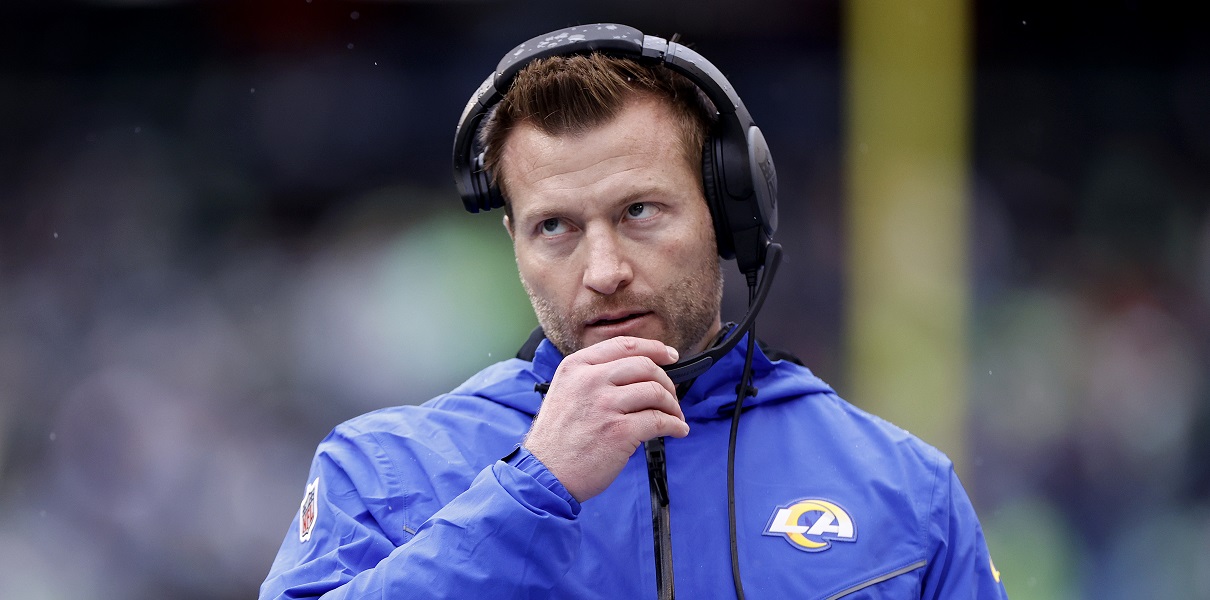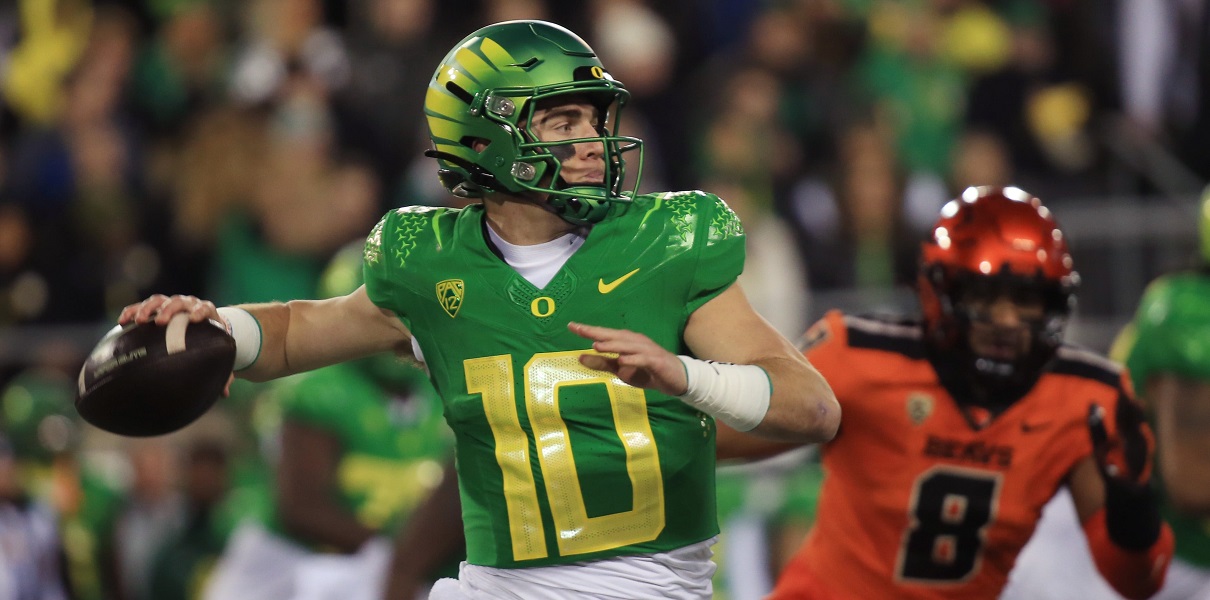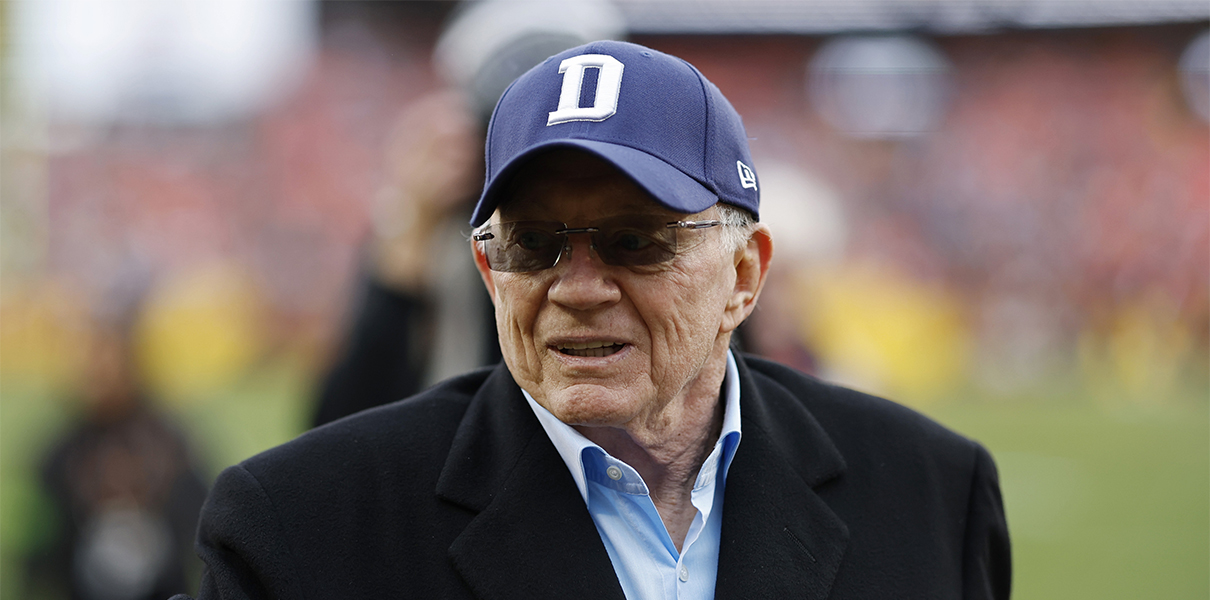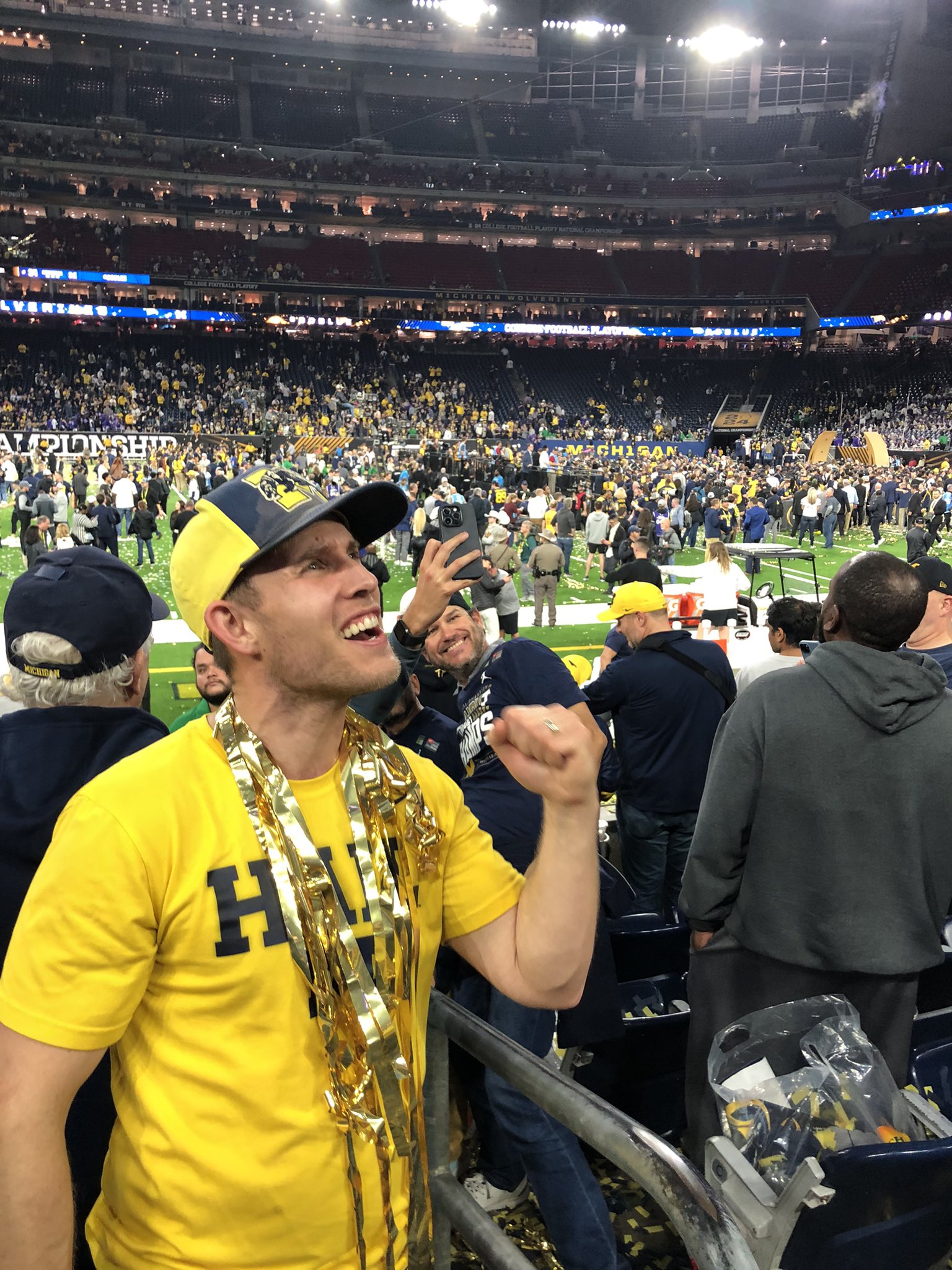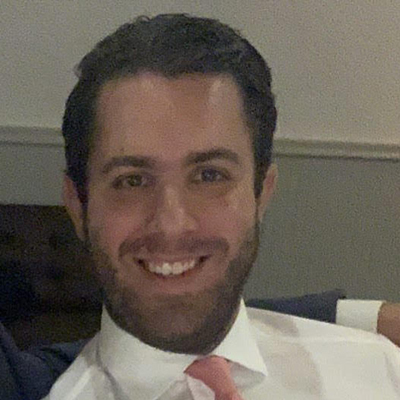At FanGraphs, Dan Szymborski wrote about possible breakout and bust candidates this year by reviewing ZiPS projections, and there is someone of note on each list from the NL Central. Thought it worth highlighting for you, especially as we think about the things that might have to happen for the Cubs to actually compete in the division this year. Both of these items would definitely help in a major way.
I’ll start with the bust side, since it’s less likely to make you sad:
Paul Goldschmidt, St. Louis Cardinals
I’ve long been a fan of Goldschmidt, so I’m a little annoyed at putting him here, but he’s also one of the players who had a superstar season who I think is most likely to drop off a ton. You could argue that Aaron Judge will likely drop off even more simply by virtue of the fact he put up an 11-WAR season, but the best ZiPS-projected position player as a bust seems a little too perverse for even me.
Goldschmidt is probably going to be very good still, but there was more helium in his BABIP than usual. And while he does have a long-term pattern of overperforming his expected BABIP (18 points a year entering 2022), that’s also something ZiPS accounts for given how long he’s been doing it; his projection has a BABIP 21 points higher than it would have been without that history. His 71-point overperformance was the largest of his career and the second largest in baseball behind Seby Zavala, a part-time catcher who would be an odd choice for this exercise. The fact that Goldschmidt will turn 36 later this year certainly isn’t a good thing, either.
Last year, Goldschmidt hit a whopping .317/.404/.578/177 wRC+, the best season of his career at age 34/35. Generally, you would not predict a guy to duplicate that level of production at that age, but obviously we’ve been stung by Cardinals Voodoo Magic before.
Consider, though, that Goldschmidt’s expected wOBA last year was 52(!) points lower than his actual wOBA, which strongly suggests there was a lot of good luck baked into his results. And it’s not just the BABIP point Szymborski makes; it’s also that Goldschmidt’s barrel rate was right at his career average, and his exit velocity was actually a bit down from his career average. Not exactly the kind of numbers you’d expect to see from a guy who put up the highest ISO he’s posted since 2017. There are arguments to be made that Goldschmidt got lucky on how many hits fell in AND on how much damage they did. I mean, his expected slugging at Statcast was nearly 100 POINTS lower than his actual slugging!
Goldschmidt’s 50% percentile projection at ZiPS, therefore, starts to look pretty realistic, even if it’s a MASSIVE drop from 2022: .275/.360/.481/134 OPS+. By WAR, it would be nearly three wins of regression from Goldschmidt, which is an almost comically high number for a single player who is actually good.
In other words, you could – as Szymborski does – peg Goldschmidt as a huge “bust” candidate for 2023, even if you think he’s still going to be pretty awesome at the plate.
I won’t tempt fate by, myself, calling Goldschmidt a bust candidate, but if he does struggle to match his success in 2022, it would go a long way to muting some of that offense’s expected success. Ditto if Nolan Arenado regresses from his monster 2022 season. But less ditto if those young outfielders – especially Jordan Walker – come up and rake …
As for the breakout side of Szymborski’s ZiPS analysis … sigh, here’s one of the entries:
Seiya Suzuki, Chicago Cubs
Suzuki didn’t exactly disappoint in his first season in the United States, but for those who were expecting instant stardom, it was a bit of letdown. But his NPB résumé doesn’t get memory-holed just because he has a full season in the United States; historically, projections get much less accurate if you remove NPB or KBO data after a player’s first full year stateside. You’d have made a big mistake last year if you wrote off Ha-Seong Kim based on an unimpressive rookie campaign and I think you’d be making a similar mistake if you just assume that one of Japan’s best hitters in 2021 can’t be a star here. It won’t be enough to put the Cubs on equal footing with the Brewers or Cardinals, but I think Suzuki still has a lot of star potential. This assumes, of course, that a month of rest resolves his oblique issue and that it isn’t an ongoing problem this season.
Hooray for a split second, and then, … yeah. The oblique. We do have to make the assumption that he’s no worse for the wear after returning if we’re going to have hope that Suzuki breaks out. A mighty big assumption given the nature of that type of injury and the significant disruption to Suzuki’s season ramp-up.
If you can set that issue aside, Szymborski makes the good point that one year of MLB action, while very instructive, does not tell you the whole of a player’s stateside potential – you do still have to consider the productivity in Japan, where Suzuki was a monster. It’s too greedy to hope for Suzuki’s 90th percentile projection for 2023, but it sure is fun to dream about: .312/.394/.593/160 OPS+. Now THAT would be a serious breakout.
If Suzuki got to that level this year, even if only for the five months we hope he can play from May through September, it would go a very long way toward buoying this offense into something that might actually become above average.
Pair that with pitching a defense that we (reasonably, in my view) think can be above average, and hey, you have a division contender, especially if there is regression on the Cardinals.



